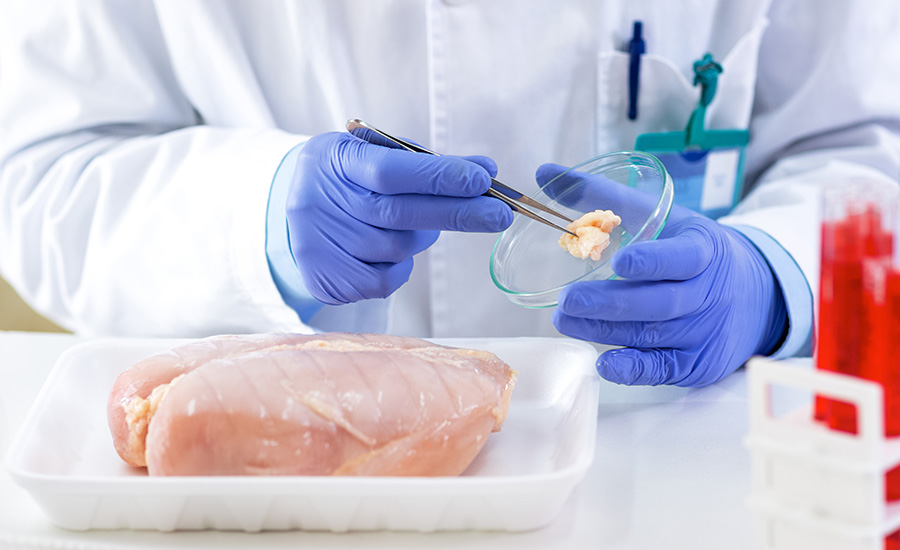Salmonella infections are a big health problem in the United States, causing over 1.3 million illnesses each year, mainly from contaminated chicken and eggs. A recent study from the University of Illinois Urbana-Champaign, published in the journal Food Control, shows growing concern about Salmonella bacteria in store-bought chicken becoming resistant to antibiotics.
This study points out how hard it is to manage Salmonella outbreaks because there are many different types of bacteria, and they don’t all respond to drugs in the same way.
Salmonella consists of thousands of strains, or serovars, which exhibit different patterns of prevalence and resistance across regions. Detecting Salmonella in poultry is problematic because many serovars do not cause visible illness in chickens, making it challenging to identify infected animals.
Csaba Varga, an assistant professor specializing in epidemiology, emphasized the difficulty in detection as chickens can appear healthy while still carrying the pathogen, leading to human infections when the meat is consumed.

To monitor the trends of Salmonella’s presence and antimicrobial resistance, the National Antimicrobial Resistance Monitoring System for Enteric Bacteria has been collecting chicken samples since 2002. Using this extensive dataset, Varga and his team analyzed nearly 40,000 samples of retail chicken meat from 2013 to 2020.
They found that about 7.7% of these samples tested positive for Salmonella, with the most common serovars being S. Kentucky, S. Typhimurium, S. Infantis, and S. Enteritidis. While S. Kentucky was the most prevalent, it poses less concern for human health compared to the other serovars.
The study revealed significant shifts in the prevalence of these serovars over time. While S. Kentucky and S. Enteritis levels remained stable, S. Typhimurium saw a significant decline, and S. Infantis experienced a dramatic increase from 2013 to 2020.
This increase in S. Infantis is particularly alarming due to its high levels of antimicrobial resistance, driven by a plasmid containing several resistance and virulence genes. The prevalence of S. Infantis rose from around 3% in 2015 to nearly 40% in 2020.
The geographical distribution of Salmonella serovars also varied, with S. Typhimurium more common along the East Coast and S. Kentucky in the West and southern states. The study suggests that environmental factors and chicken management practices might influence these patterns, warranting further research.
The rise of multidrug-resistant S. Infantis presents a new challenge, indicating the need for serovar-specific control measures and improved management practices in the poultry industry. Consumers are also advised to practice safe handling and cooking of poultry to mitigate the risk of infection.
